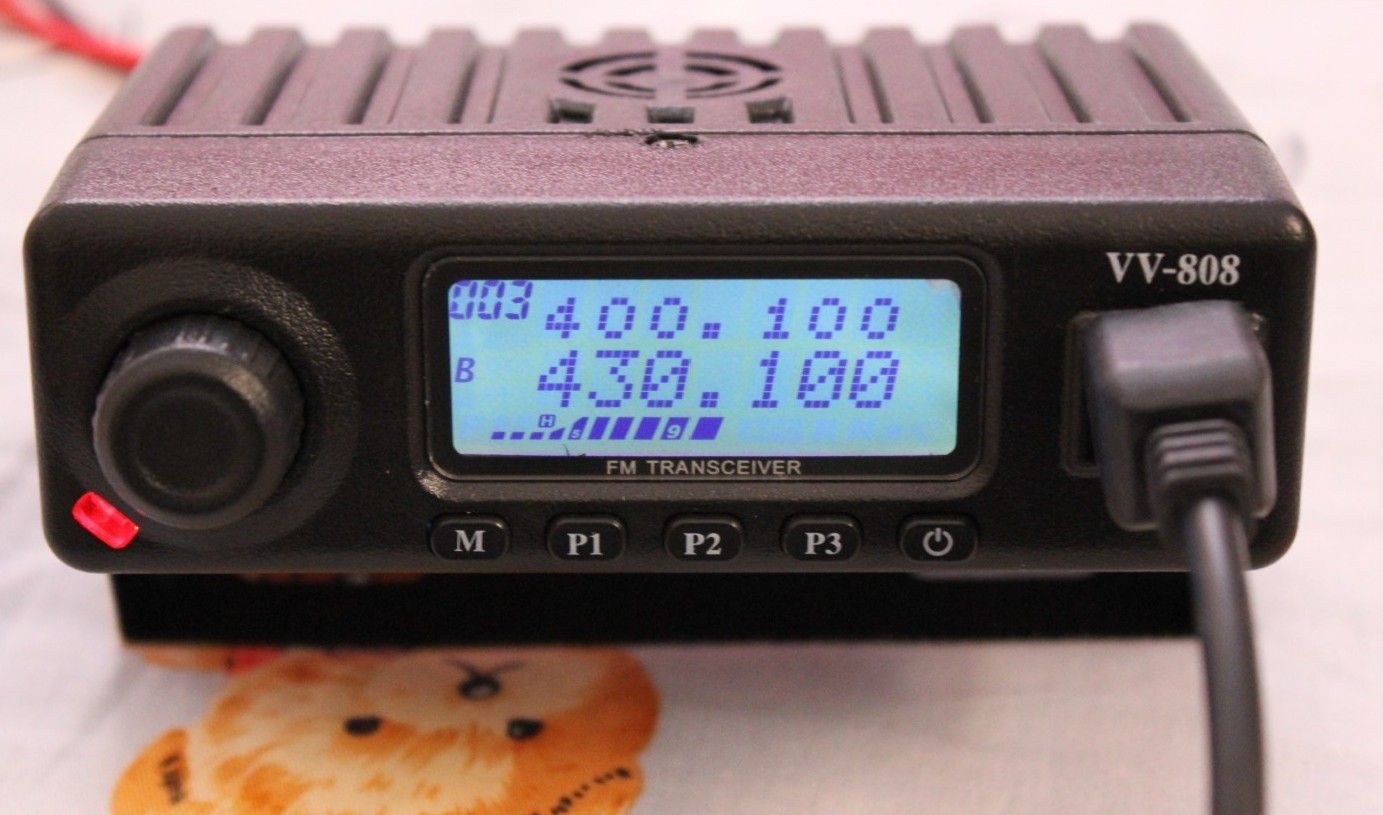via Brick O'Lore
The goTenna is a device the size of a ruler that purports to allow cellphone users to communicate over long distances without a cell tower. It's a 151-154Mhz data radio with a lithium-ion battery and a Bluetooth Low Energy link to your cellphone. So far I have not found any specs on data speeds, specific frequencies used or anything else. The radio will output 2W. It is pending FCC approval as well.
To use it you pair your Iphone, Ipod, Ipad or Android device running 4.0 or higher Android to it over Bluetooth and then use their apps. There's a texting app and an app for sharing your position on a map. Apparently you can do broadcast messages to all goTennas in range. For person to person communications it is encrypted, otherwise for the broadcast messages it is unencrypted.
$150 for a pair right now, but later that will go up to $300 for a pair.
There's a few things I think that are interesting about this device. One use-case is talking about using it in a power outage. It's been a while since I've seen something targeted at consumers that didn't assume the Internet will always be available. Another thing I noticed is the smartphone is the entire interface to this device and drives some of the functionality. It doesn't need a GPS, just use the one already in your phone.
Astute hams will say this is just APRS. I would disagree. It's far more polished than that. I don't see any portable APRS configurations that can be worn on your person that are anywhere near as uncomplicated while being as powerful as this. A few HTs might be getting close, while still requiring tethers. Much like the earliest VCRs with their wired remotes. Surely some people have used Bluetooth or Wifi to serial adapters to go wireless. We're still talking 2-3 devices plus cabling plus power for each.
I do think the price is out there though. Not sure that these will catch on. Plus it's an expensive bauble to lose or have stolen. Not sure how they are using the frequencies they are using either.
EDIT: It occurred to me some time after making this post that they are probably using MURS frequencies.
| Channel | Frequency | Authorized bandwidth | Channel Name |
|---|---|---|---|
| 1 | 151.820 MHz | 11.25 kHz | N/A |
| 2 | 151.880 MHz | 11.25 kHz | N/A |
| 3 | 151.940 MHz | 11.25 kHz | N/A |
| 4 | 154.570 MHz | 20.00 kHz | Blue Dot |
| 5 | 154.600 MHz | 20.00 kHz | Green Dot |
That fits the 151-154Mhz profile and the 2 watt power output. MURS also allows several data modes. I don't see any specified data modulations so it probably depends on what will fit in the channel and be reliable over range. I imagine they probably use something low speed though, 1200-9600bps.











